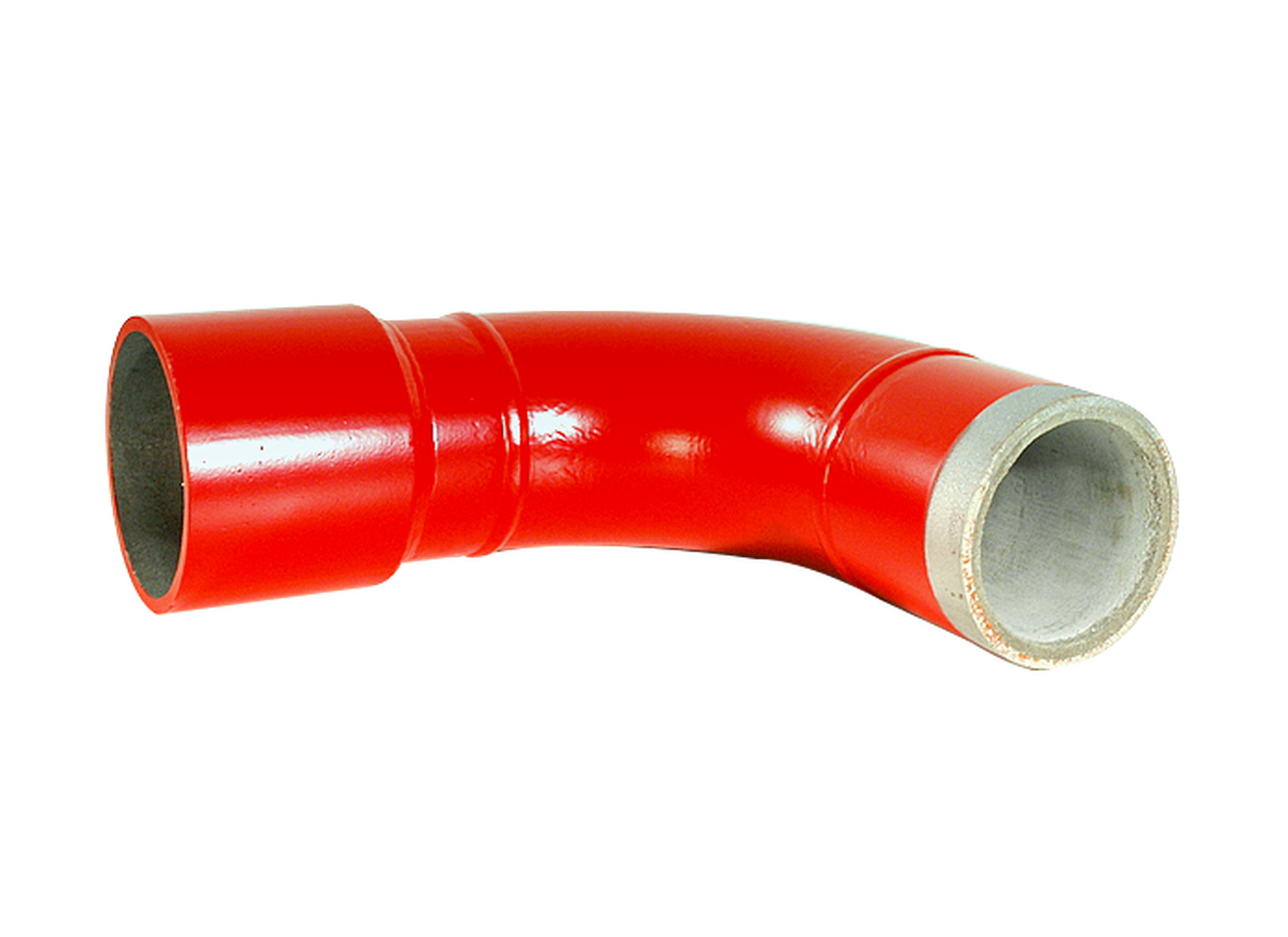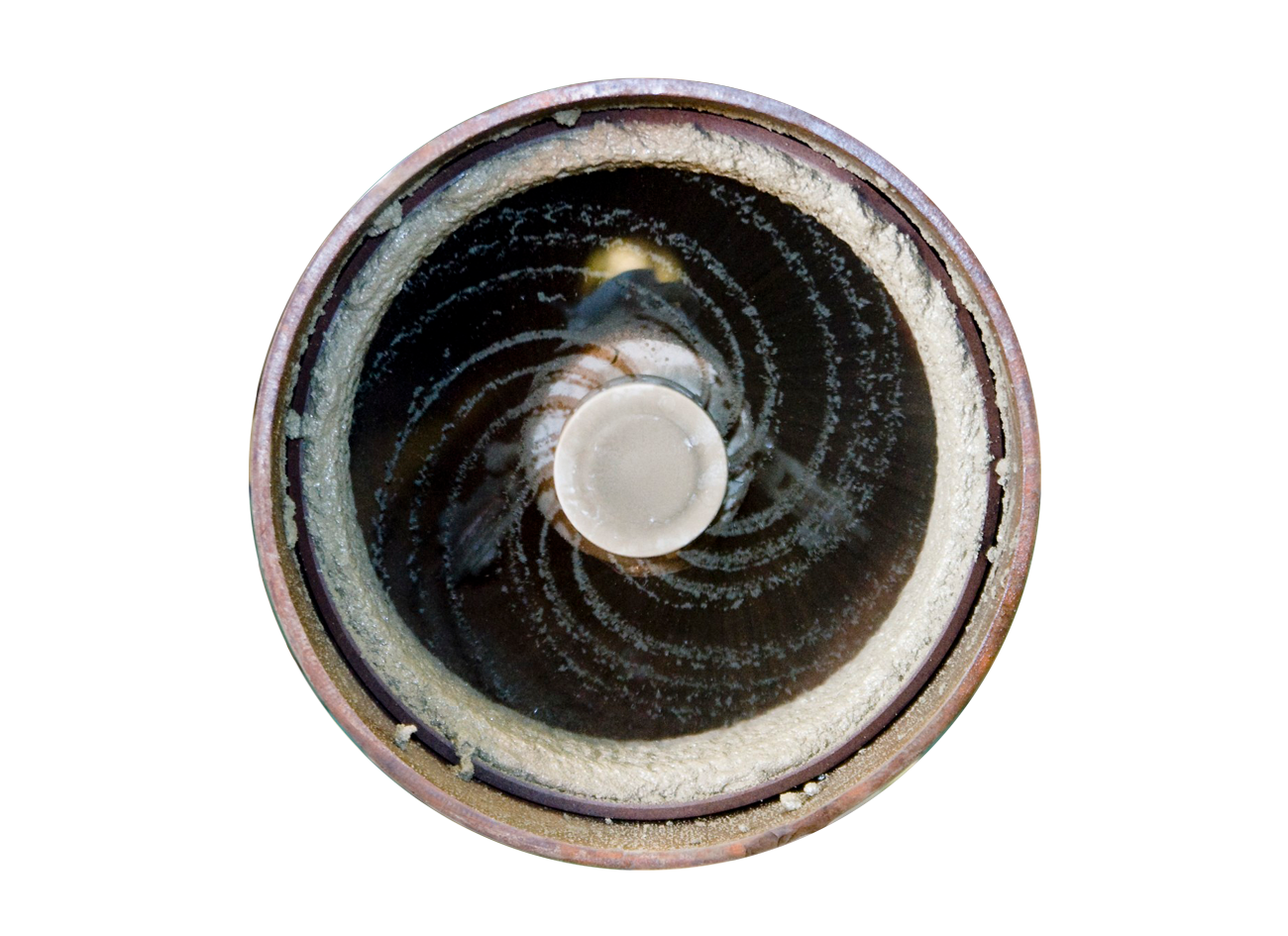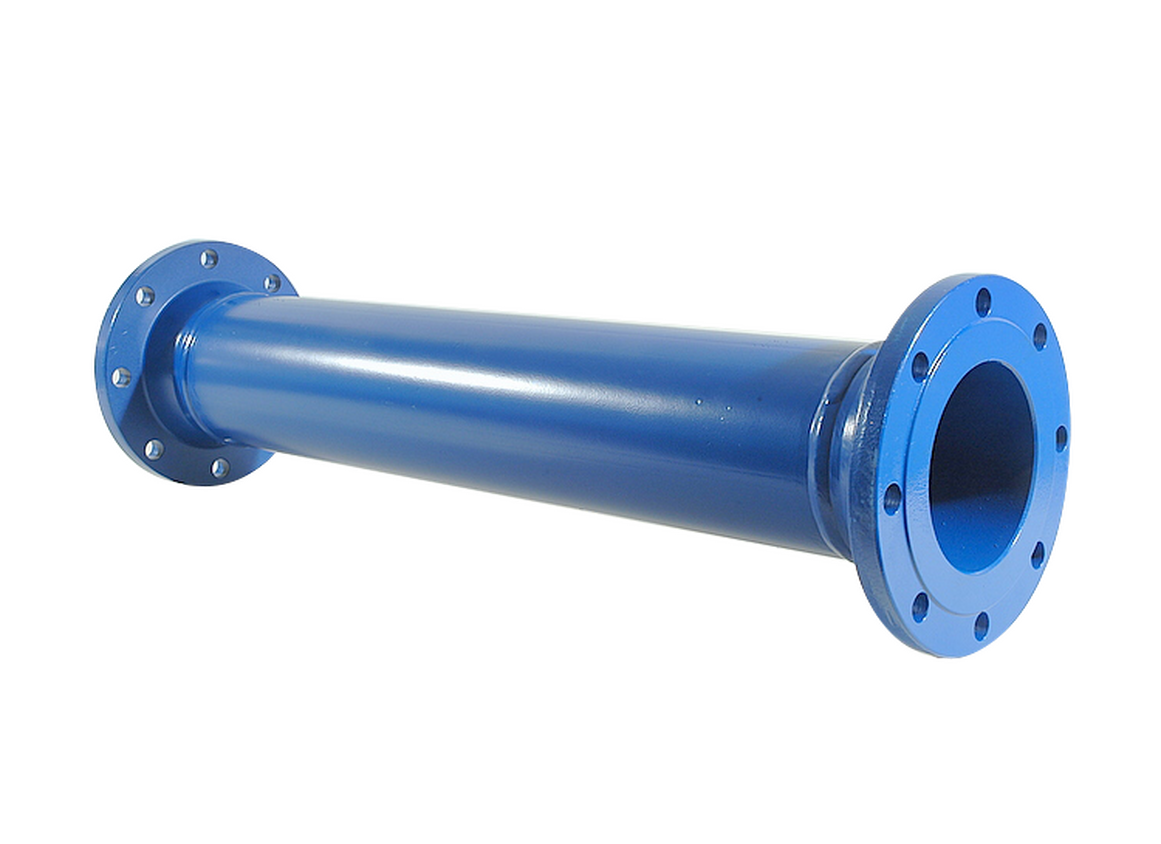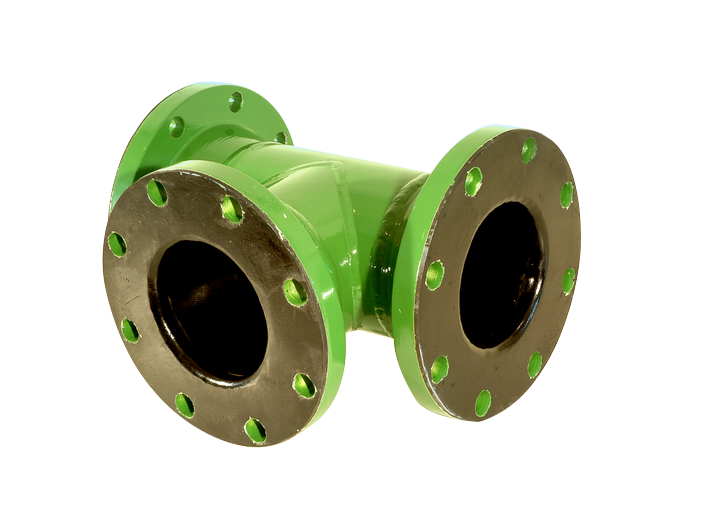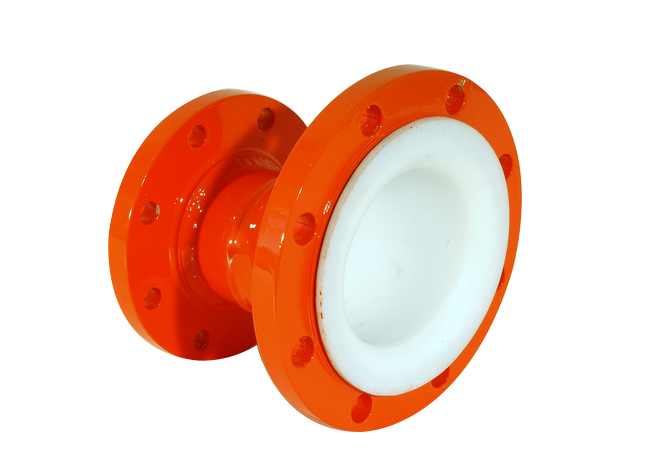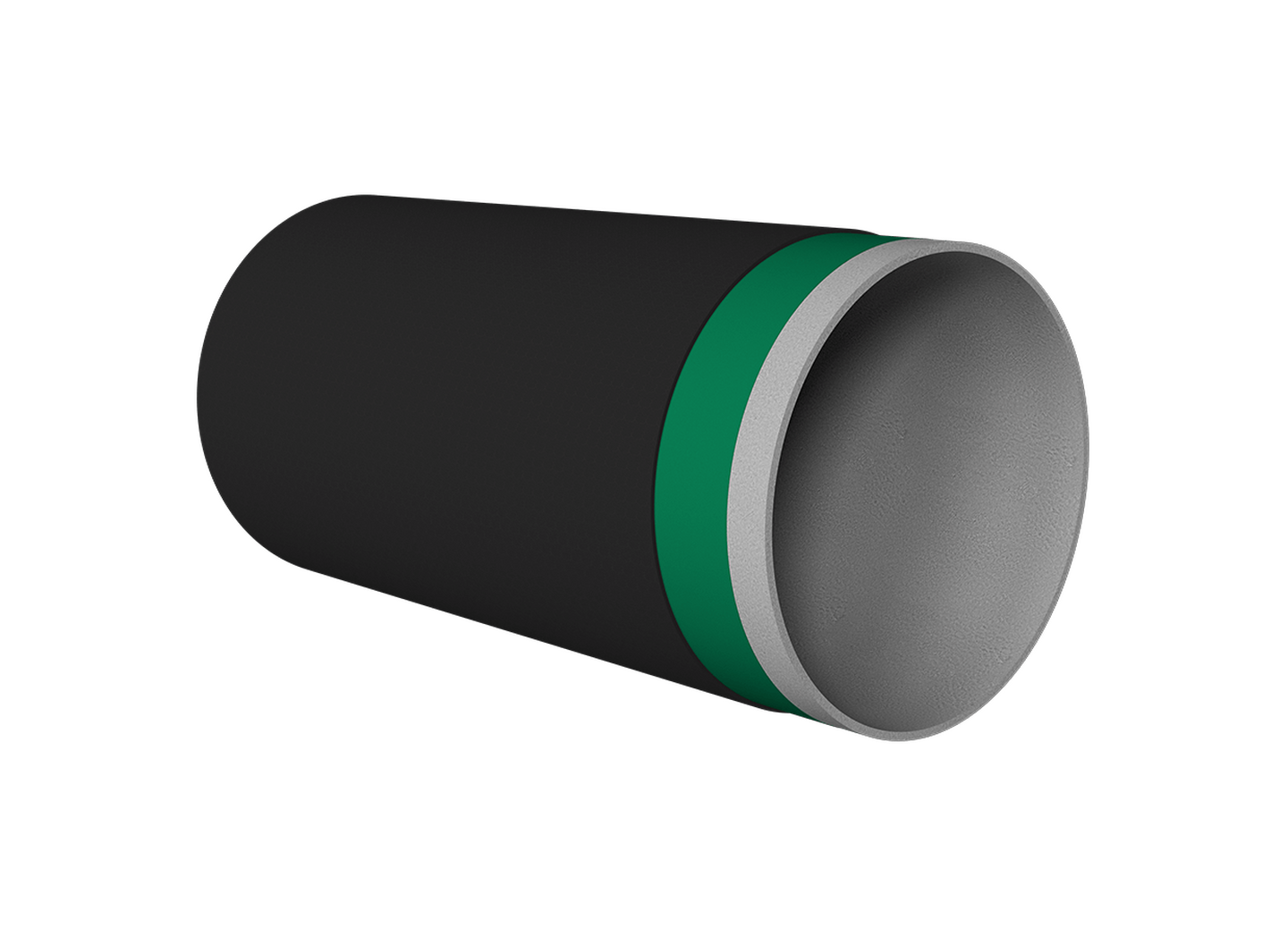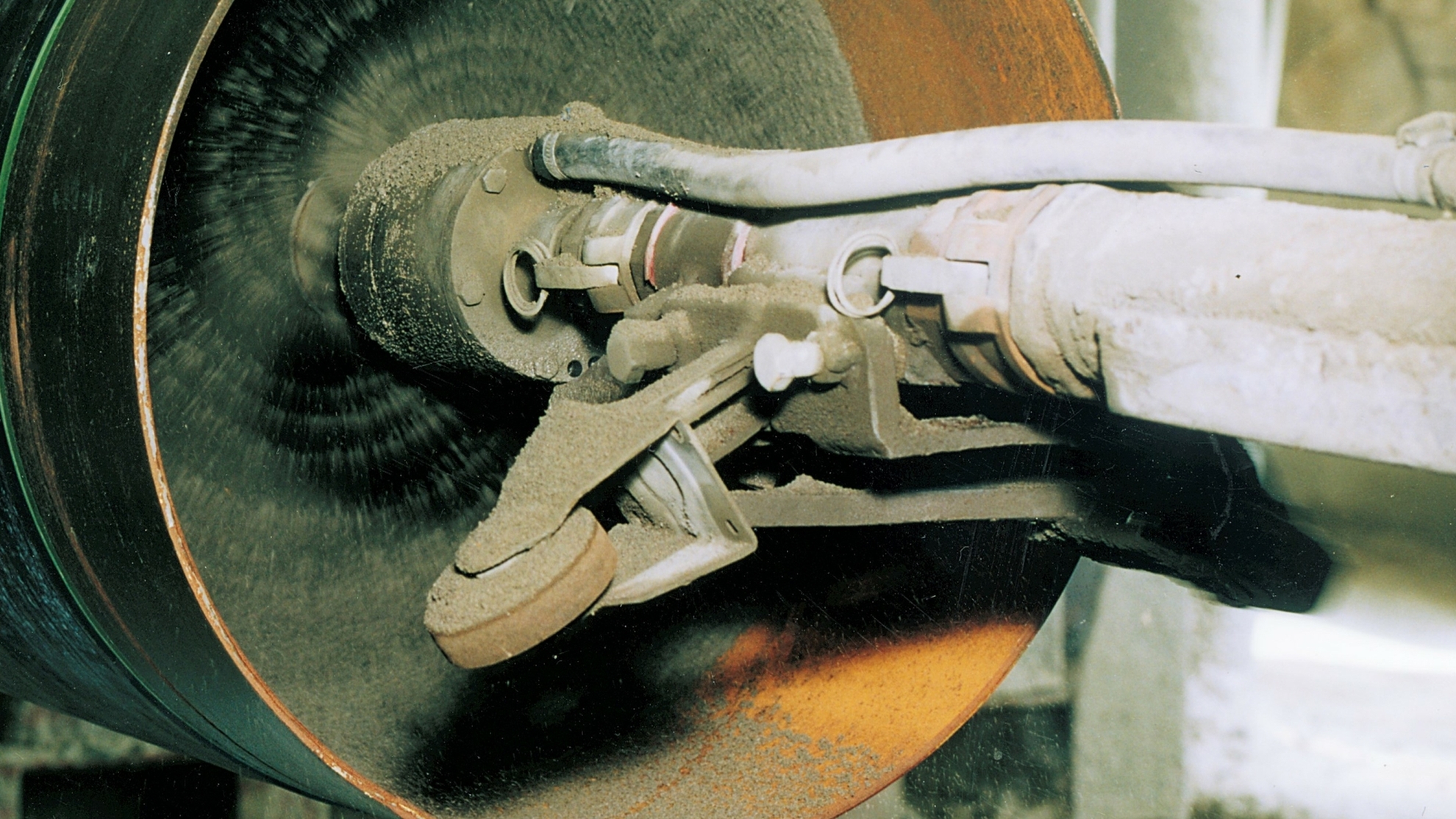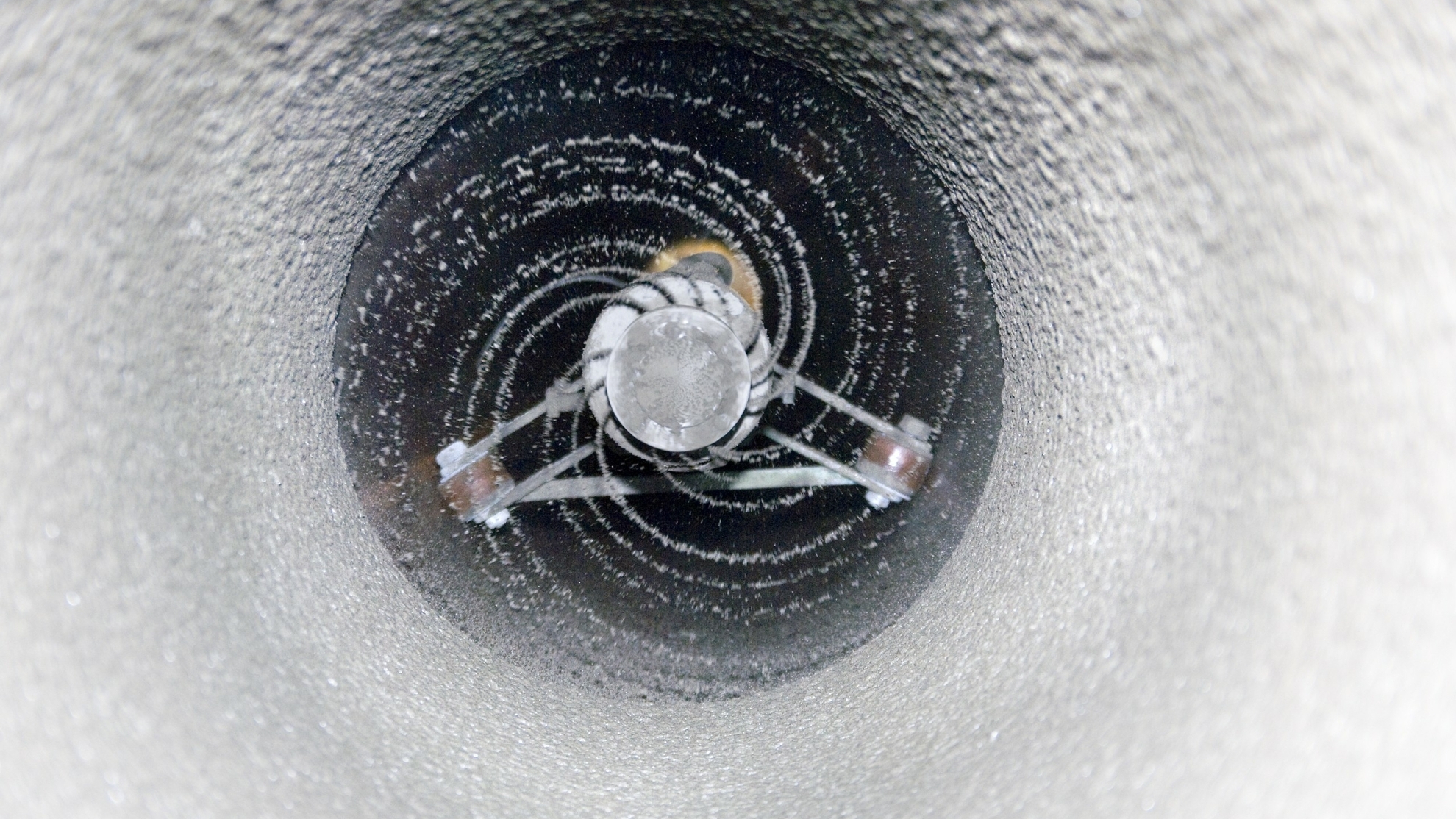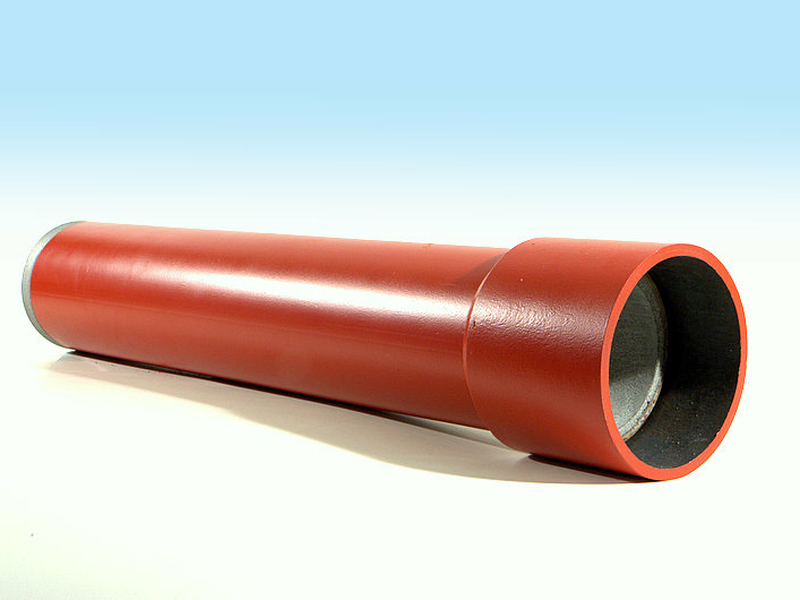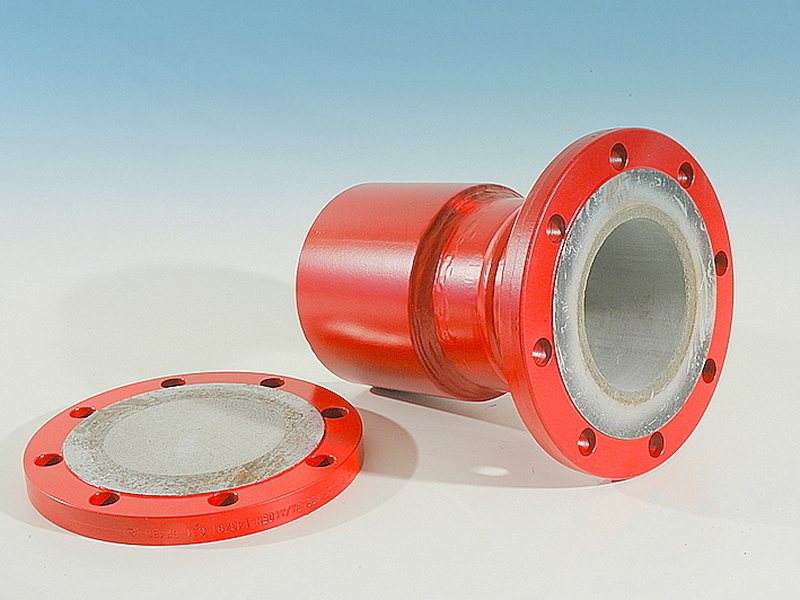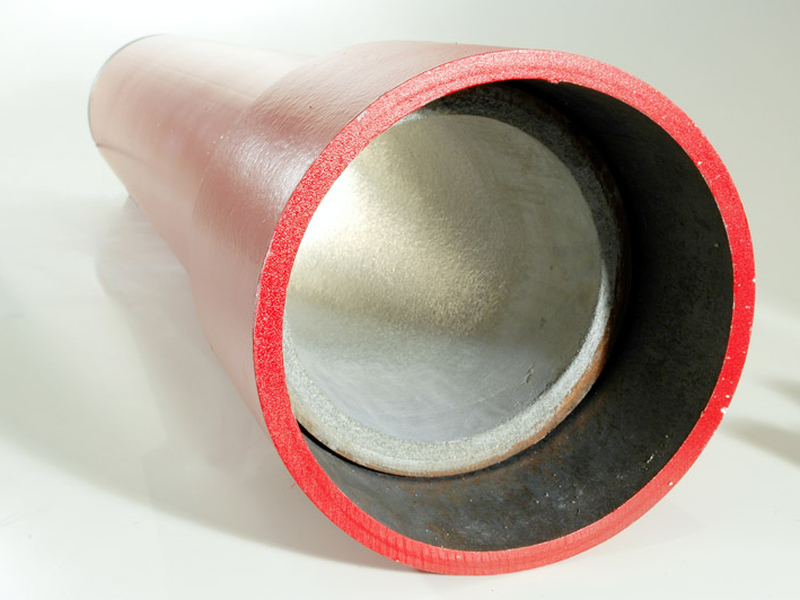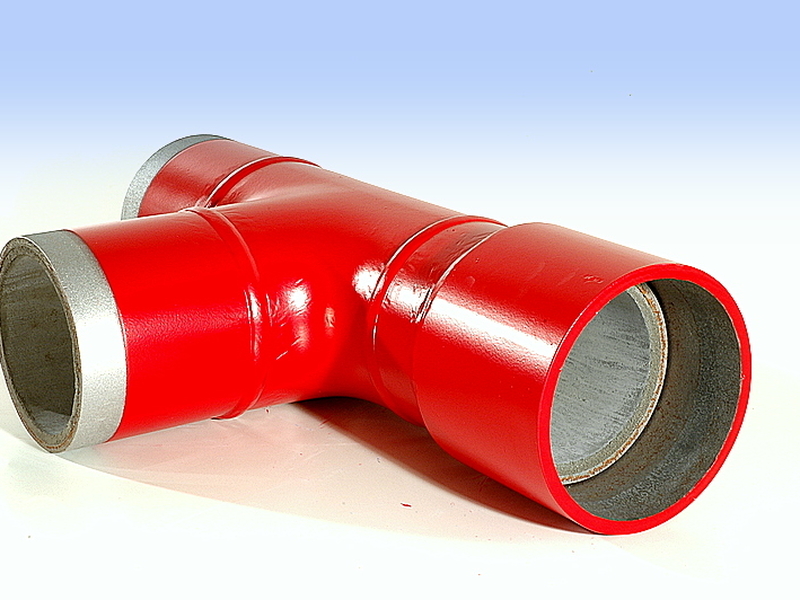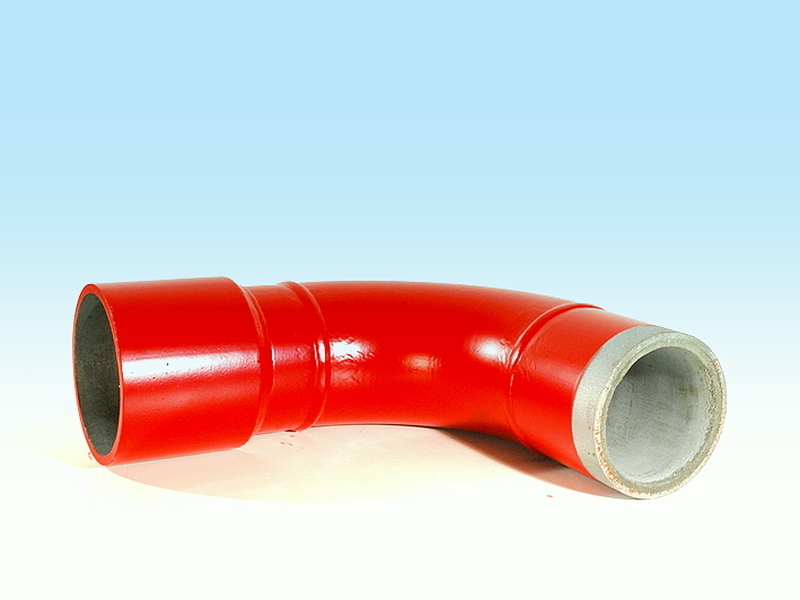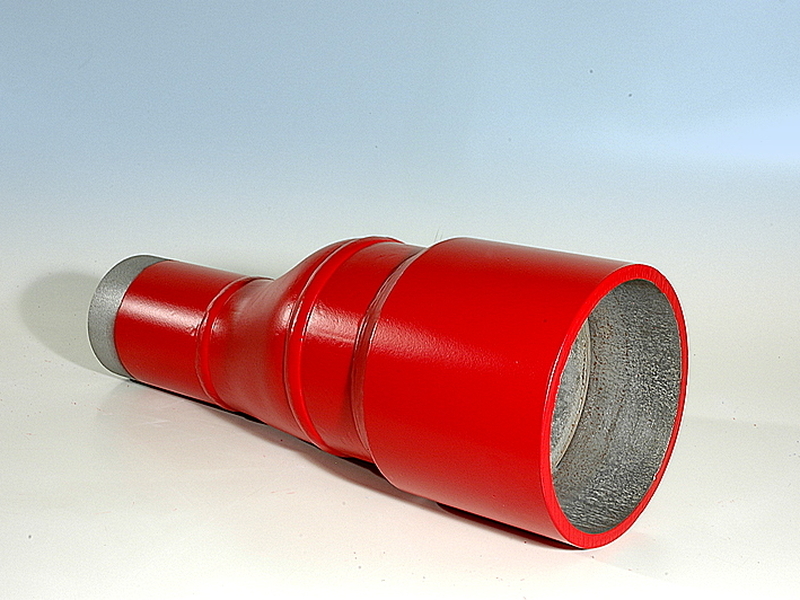Cement-lining
Cement Lining
Internal cement-lining of pipesystems protects the inner steel surface from corrosion and provides excellent hydraulic properties. High purity of the cement, sand and potable water are the perfect elements for a protective lining in drinkingwater systems.
High sulphate resistant cement types in combination with high density and low permeability of the cement-lining make Conpipe’s cement-lining extremely suitable for conveying (sea)water that contains aggressive elements. Cementlined pipesystems, mainly used in drinkingwater, coolingwater and firewater applications, are relatively cheap and have a very long lifetime.
Shop applied cement-lining can be produced using different techniques. For straight sections of pipe, nps 3” - nps 84”, a high capacity cement-lining machine spraying pre-mixed cementmortar is utilised to uniformly distribute the cement mortar against the inner pipe surface.
The pipe will be centrifuged on the same machine to produce a dense lining and to obtain a smooth surface of the lining. The length is limited to 18 m per pipe. Fittings and flanges of any size are lined by handtrowelling, spraygun or combination thereof. Special configurations are lined following the lining sequence instructions of the engineering department.
The mix design is based on the requirements of the client and (inter)national cement-lining standards and specifications. In special occasions additives can added to the mix to obtain specific properties of the cement-lining.
The joint
One of the most important parts of a cementlined system is the joint. The two types of joints recommended by Conpipe are the buttweld joint for size >24” and sleeve joint for any size of pipe.
For petrochemical complexes the traditional sleeve joint made from pipe or plate is welded to one end of the pipe or fitting in the factory, where the second weld is made in the field. Conpipe’s sinmast jointing compound is applied to seal joint between the mating pipes. Shop welding of sleeve circumferential- and longitudinal welds is done by submerged arc welding.
A thorough inspection during installation is a must. Conpipe’s cement-lining specialists and inspection engineers can be sent to the site during installation to do the actual jointing and/or inspect the joints made by other contractors.
